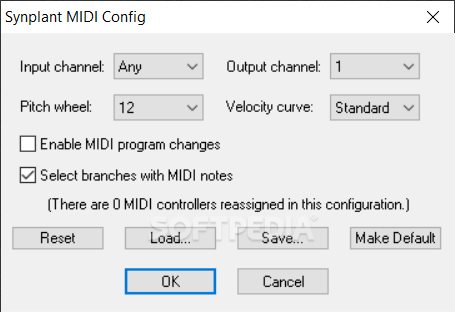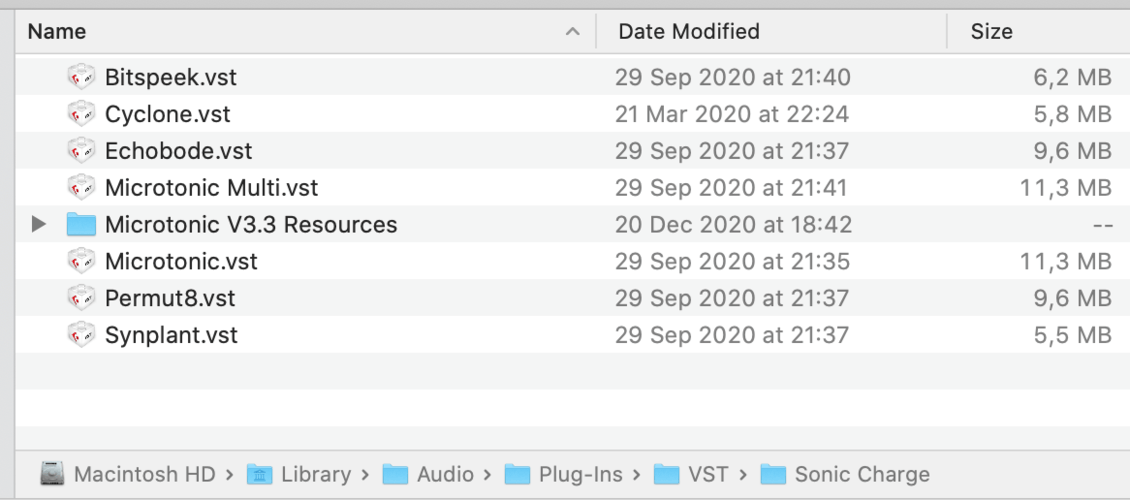

- SONIC CHARGE SYNPLANT TUTORIAL SERIAL NUMBER
- SONIC CHARGE SYNPLANT TUTORIAL SOFTWARE
- SONIC CHARGE SYNPLANT TUTORIAL DOWNLOAD
Each branch that you drag out alters the seed in a different way and is assigned a different key on the keyboard.

You don’t have any control over what dragging the branches alters, but that’s where the musical keys come in. You alter the sound by dragging out “branches” that change it in one way or the other as you drag them out. The “seed” is a randomly generated starting point for your sound. There’s just seven sliders in addition to that, but let’s stick with the whole “seed” concept for a second, because that’s what makes this such an innovative interface. Instead of knobs and sliders marked with familiar names like ‘cutoff’ and ‘resonance’, you’re instead presented with a virtual “seed” in a black circle surrounded by a ring marked with musical keys representing keys on your keyboard. More than anything, it is the user interface that makes Synplant unlike anything you’ve ever worked with before. You don’t have to go through it, but, like the manual, it can be useful to look at since this synth takes such a radically different approach. In addition to an excellent, easy-to-understand manual, Synplant itself contains a built-in tutorial that runs the first time you fire it up.
SONIC CHARGE SYNPLANT TUTORIAL SERIAL NUMBER
If you’ve purchased it, however, you are given a serial number that you enter along with your email address, and you’re done. If you’re just demoing Synplant, you’ll have three weeks to try it out before it “dies”.
SONIC CHARGE SYNPLANT TUTORIAL DOWNLOAD
You simply download Synplant from Sonic Charge’s website, run the installer, and you’re good to go. With Sonic Charge’s new softsynth, Synplant, they’ve created an entirely new way of interfacing with a synthesizer and they’ve managed to do it in such a way that, technically speaking at least, there’s almost no learning curve. It kind of recaptures the excitement of what it was like the first time you had a go at programming your own sounds. Sometimes it’s nice to go into an instrument with no idea what you’re doing and just start playing around. This is all well and good in that it makes the learning curve with a new instrument a bit less steep, but it also keeps your sound programming ‘in the box’ creatively speaking. You program them with knobs or buttons, you send oscillators through a filter of some sort, and you shape the amplitude with an envelope. I mean, can you imagine how much Absynth would cost if it was a hardware synth?! That said, generally even the more creative approaches to synthesis usually still bear some basis in good ol’ subtractive synthesis.

SONIC CHARGE SYNPLANT TUTORIAL SOFTWARE
Whether you prefer hardware or software when it comes to your synths, one thing you have to admit is that the lower overhead cost of producing software synths allows manufacturers to try out much wilder ideas than would be viable to do in hardware form. Platforms: VST for Windows XP or later, VST & AU for OSX 10.4 or later Type: Digital synth with very unique user interface


 0 kommentar(er)
0 kommentar(er)
